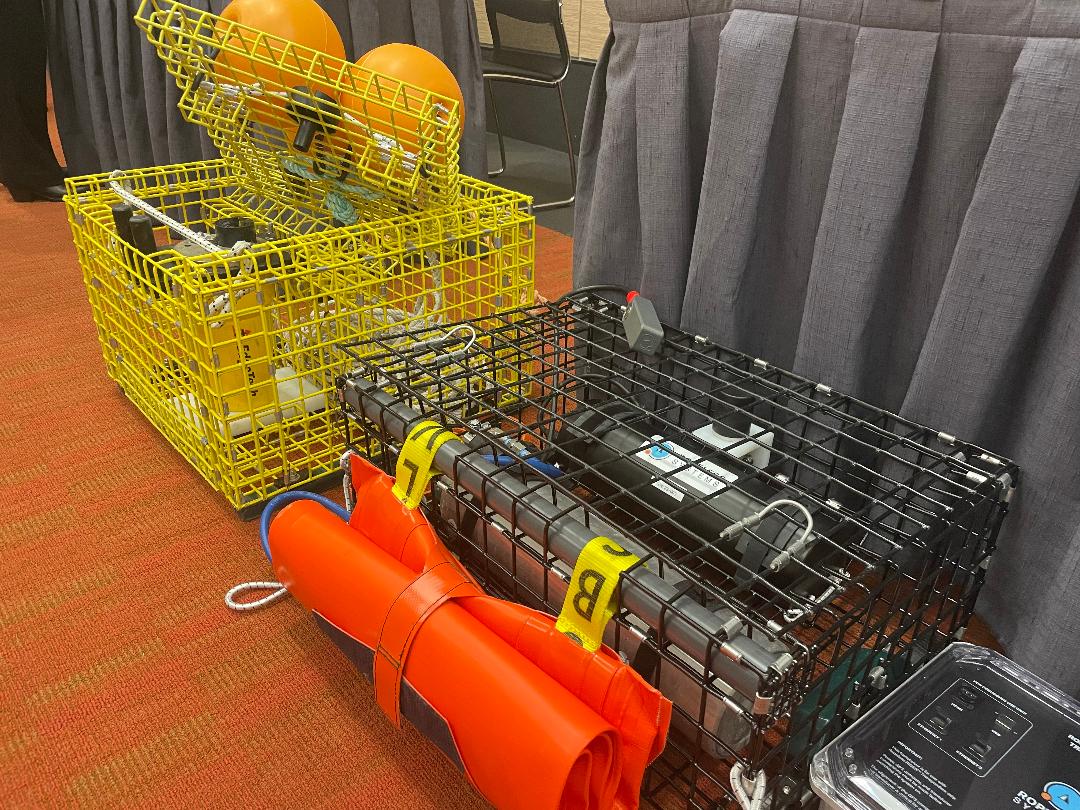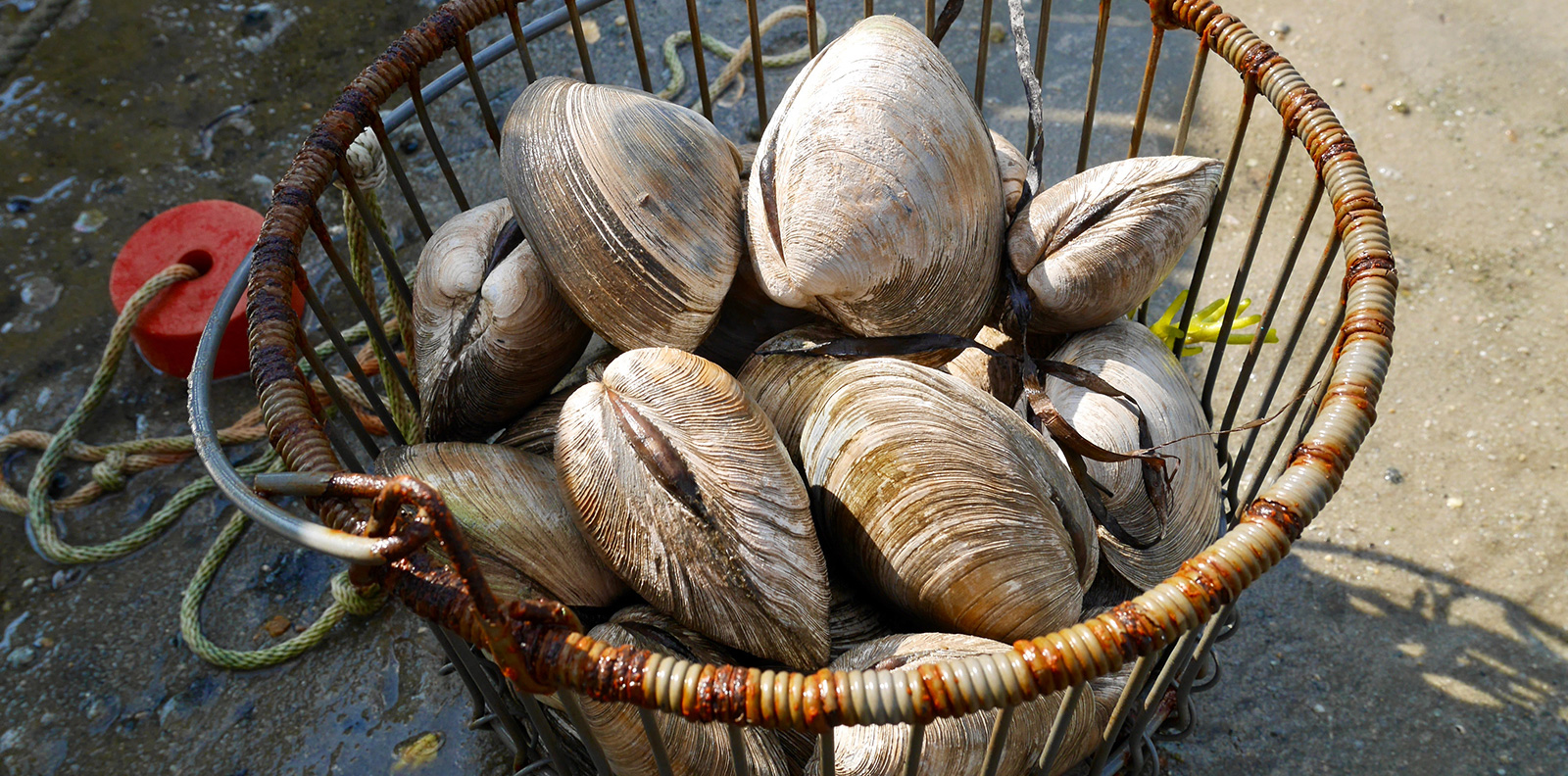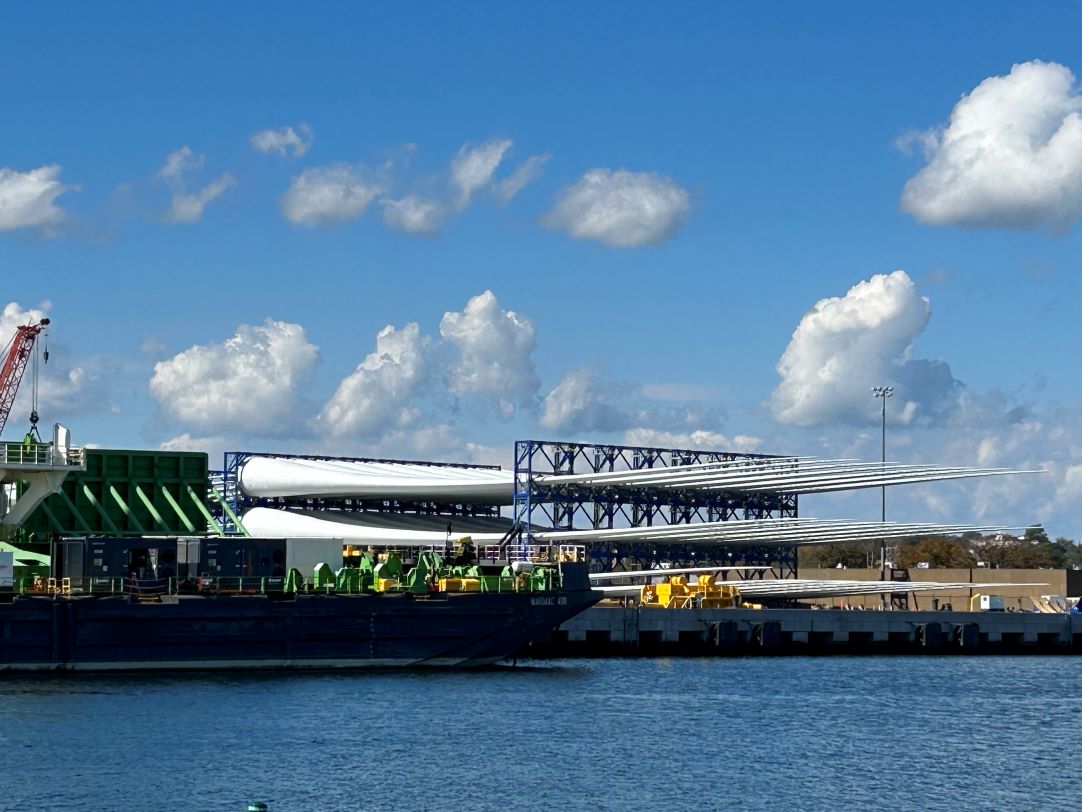Future of R.I. Shellfish Farming Bright
August 13, 2023
WAKEFIELD, R.I. — Two years out from the COVID-19 pandemic, Rhode Island’s aquaculture industry continues to set all-time high sales records.
Earlier this summer the Coastal Resources Management Council (CRMC), which oversees aquaculture permitting for Rhode Island, released its 2022 report on the state of aquaculture, and the future it predicts looks bright.
The total value of all aquaculture products in Rhode Island was $8.2 million, an 11% increase over the previous year. Oyster seed sales accounted for $796,403, a 25% increase compared to 2021, while sugar kelp sales totaled $14,500.
The total number of aquaculture farms in Rhode Island increased by one last year, bringing the total to 84. Those farms leased a combined total of 373.99 acres of state waters. The number of jobs on aquaculture farms increased by 9.7%, bringing the total number of jobs to 246.
The report’s author, CRMC aquaculture coordinator Ben Goetsch, wrote that aquaculture farmers have seen sustained demand for their products since the end of the pandemic shutdowns.
“Many farmers remain optimistic that the trend in increased demand for R.I. aquaculture products, both locally and throughout the country, will continue into 2023 and beyond,” Goetsch wrote.
Despite sustained improvements, Rhode Island aquaculture is still nowhere near where it used to be in terms of profit or production compared to a century ago. The first aquaculture leases in Rhode Island date back to the days when the state was still a colony ruled by the king of England; it wasn’t until the dawn of the 20th century that the aquaculture industry hit its stride. By 1911, nearly 21,000 acres of state waters were leased for aquaculture.
The state’s aquaculture companies, which were organized similar to 19th-century “mill-town” systems, produced a record 1.4 million bushels of live oysters in 1911, and produced a peak of 1.3 million gallons of shucked meats in 1908, with a combined dockside value of around $500 million in today’s dollars, nearly 100 times more than the industry makes today.
The industry slowly declined until the early 1950s, via a combination of man-made and natural disasters. Thanks to the invention of the flushable toilet, Narragansett Bay saw increased amounts of raw sewage and effluent flow into its waters. The bay also saw increased amounts of soil erosion smother oyster beds, and metal finishing effluent from the state’s jewelry manufacturers in Providence leaked into the bay. As a result of the pollution, and the one-two punch of the Hurricane of 1938 and labor shortages from World War II, aquaculture companies began to close, with the last lease expiring in 1952.
While Narragansett Bay has bounced back, the state’s aquaculturists face different problems. A 2020 study from the Northeast Regional Aquaculture Center identified multi-use conflicts over state waters between different stakeholders as the biggest barrier to entry into the industry.
CRMC has considered two high-profile and controversial aquaculture applications this year with considerable public outcry. Last month, CRMC approved the expansion of a scallop farm into South Kingstown’s Potter Pond by Perry Raso, owner of Matunuck Oyster Bar. Local homeowners expressed concern that the farm’s expansion would impede on fishing and other recreational water sports enjoyed by users of the pond.
Earlier this year the General Assembly considered a temporary aquaculture ban (H5037) on farms in the Sakonnet River, sponsored by Rep. John Edwards, D-Tiverton. If passed, farmers wanting to locate anywhere in the river from Mount Hope Bay to Rhode Island Sound would have to be sited at least 1,000 feet from the median high-tide line. The restrictions as written would have sunset after two years.
The bill, which was ultimately held for further study, targeted two aquaculture applicants, brothers John and Patrick Bowen of Little Compton, who proposed a 0.95-acre oyster farm just south of Seapowet Cove in Tiverton. Tiverton officials and town residents argued the Bowens’ application was insufficient notice to abutters and would conflict with local anglers and others using the coastline near a state Department of Environmental Management-managed area.
CRMC last year revamped some of its aquaculture permitting policies, expanding the notification of abutters from 500 to 1,000 feet from a proposed aquaculture site and creating a listserv for aquaculture applications before the agency.
The Bowens’ aquaculture application was re-noticed under the new notification changes in May, and remains pending before CRMC.
Rhode Island’s aquaculture economy resurgence is part of a worldwide trend. According to a report released last year by the U.N. Food and Agriculture Organization (FAO), global aquaculture farmers produced a record 122.6 million tons of aquaculture products in 2020, including 87.5 million tons of aquatic animals for human consumption, and another 35.1 million tons of seaweed and algae for food and non-food uses.
Worldwide consumption of aquatic food is expected to rise 15% by the end of the decade, according to the FAO report. Meanwhile, thanks to pollution, overfishing, and poor management, fish resources continue to plateau and decline. Worldwide, the total fishing fleet has declined 10% since 2015.




Aquaculture contributes to our economy and helps reduce pollution because shellfish filter and purify the water. Our shellfish harvest is not only served in many of our local restaurants but is also shipped to many States and countries.
Rhode Island oysters and clams rival the best in the world for quality.
Residents of the areas abutting aquaculture facilities can and should be able to work out compromises that would benefit all parties involved.
Banning all expansion and new aquaculture facilities would be a devastating blow to our economy.
Aquaculture supports many aspects of our economy. It supports many restaurants that draw tourists that enjoy our beaches occupy our hotels and bed and breakfast facilities.
These tourists visit other tourist attractions and spend a good deal of money in our state.
Instead of putting up roadblocks to aquaculture people in Rhode Island should be encouraging a conversation between all stakeholders to ensure the growth of a vital sign of our economy with the leat adverse impact to our environment.